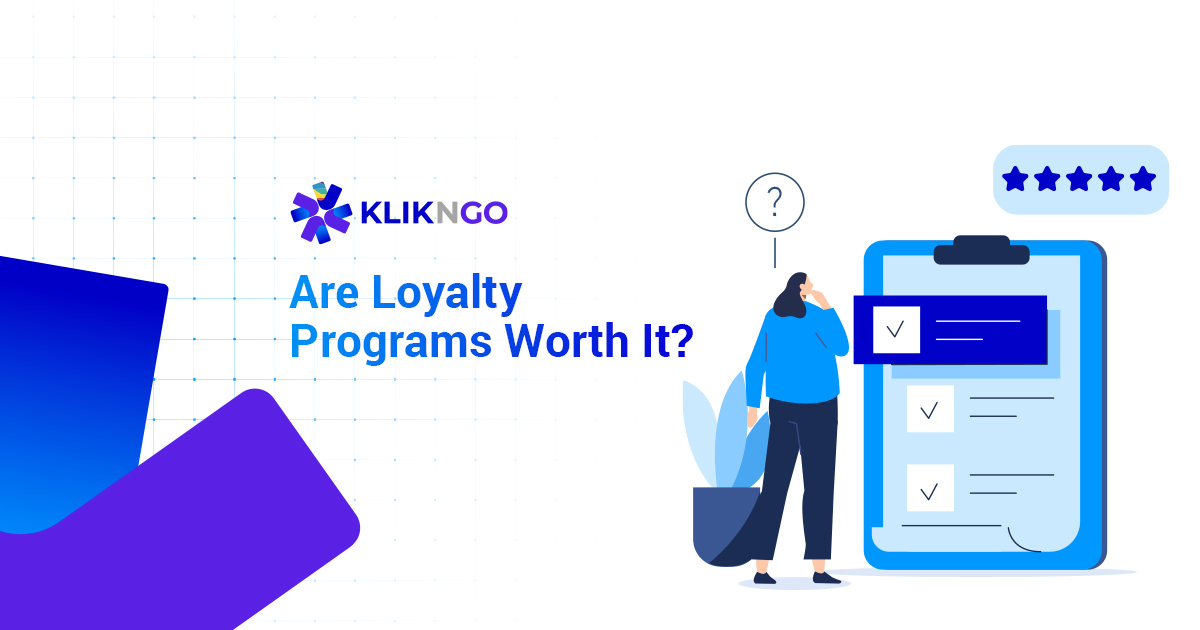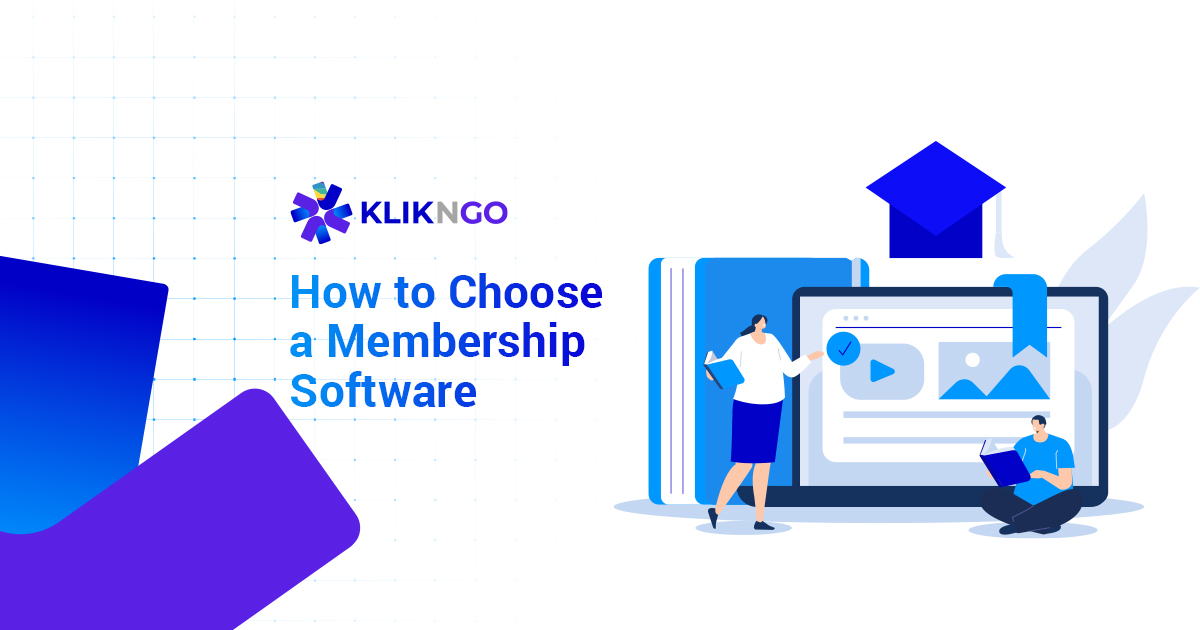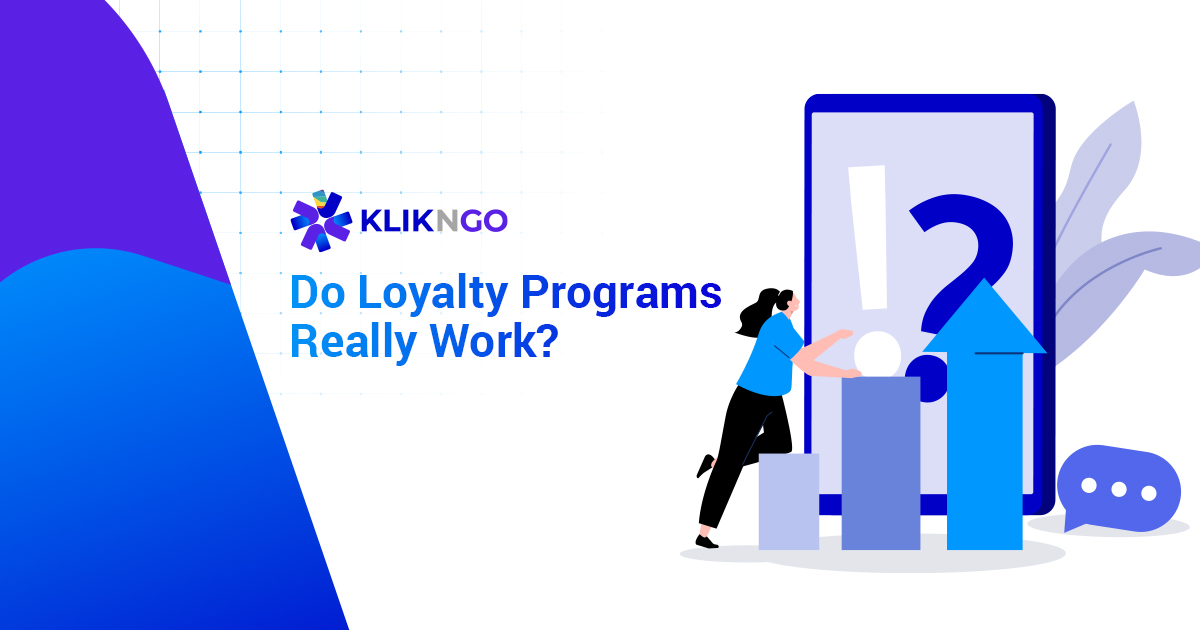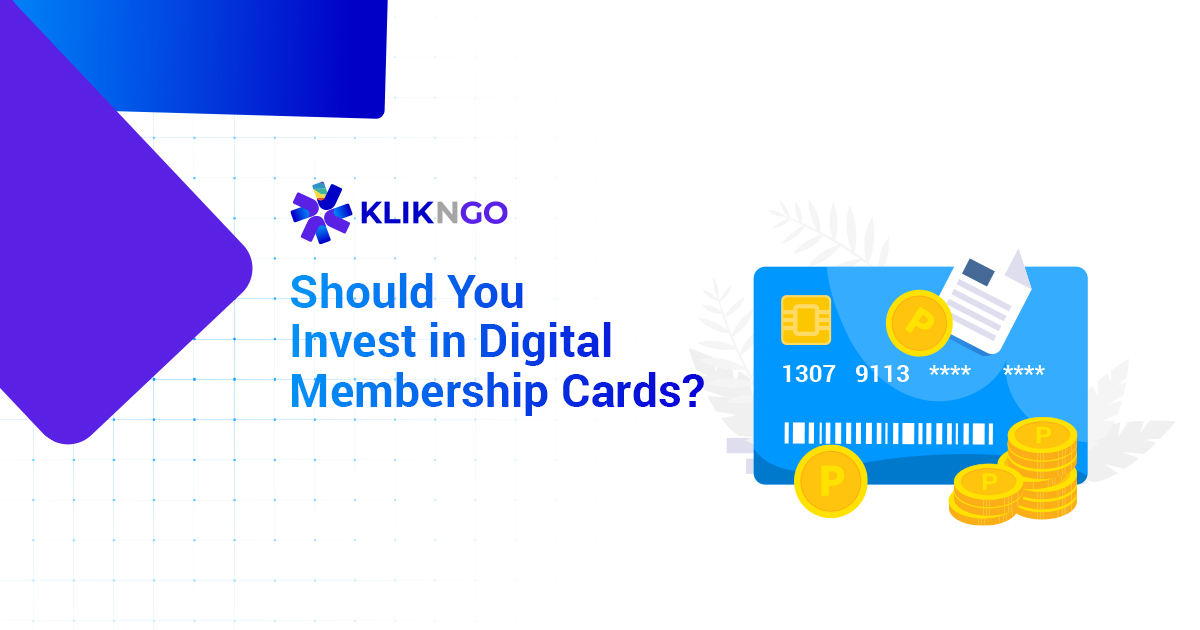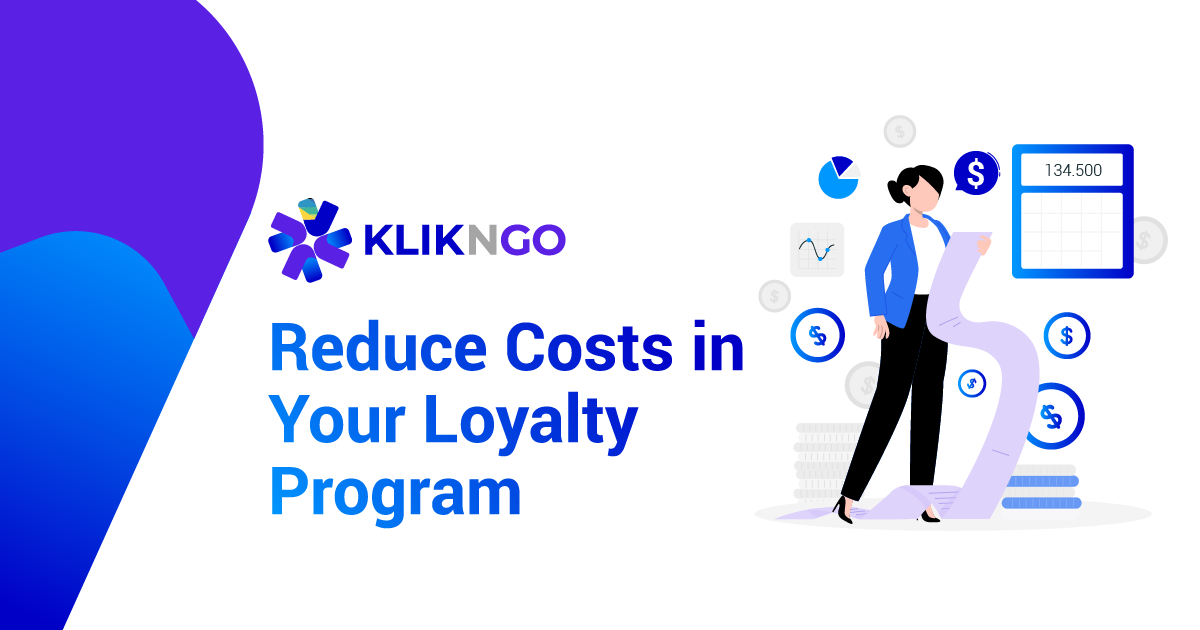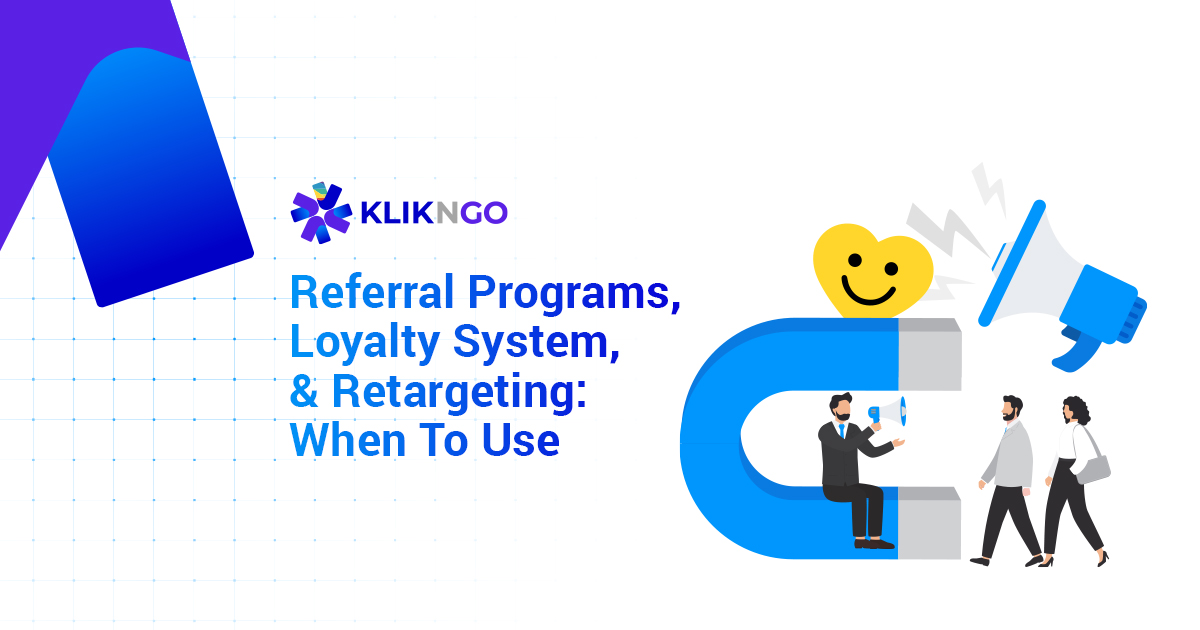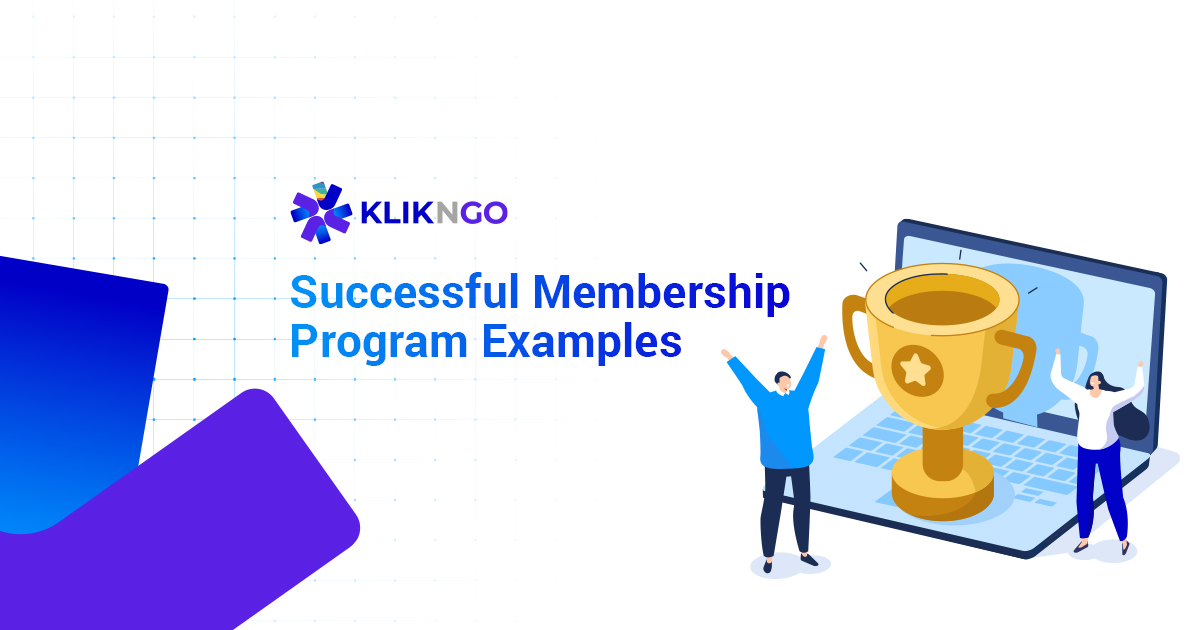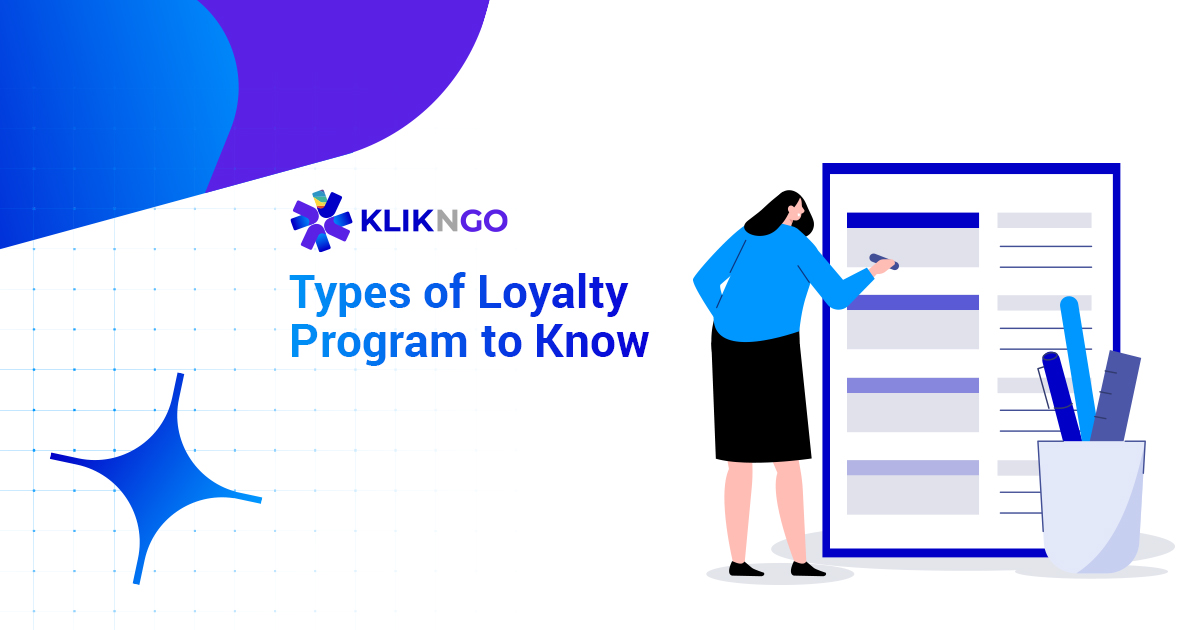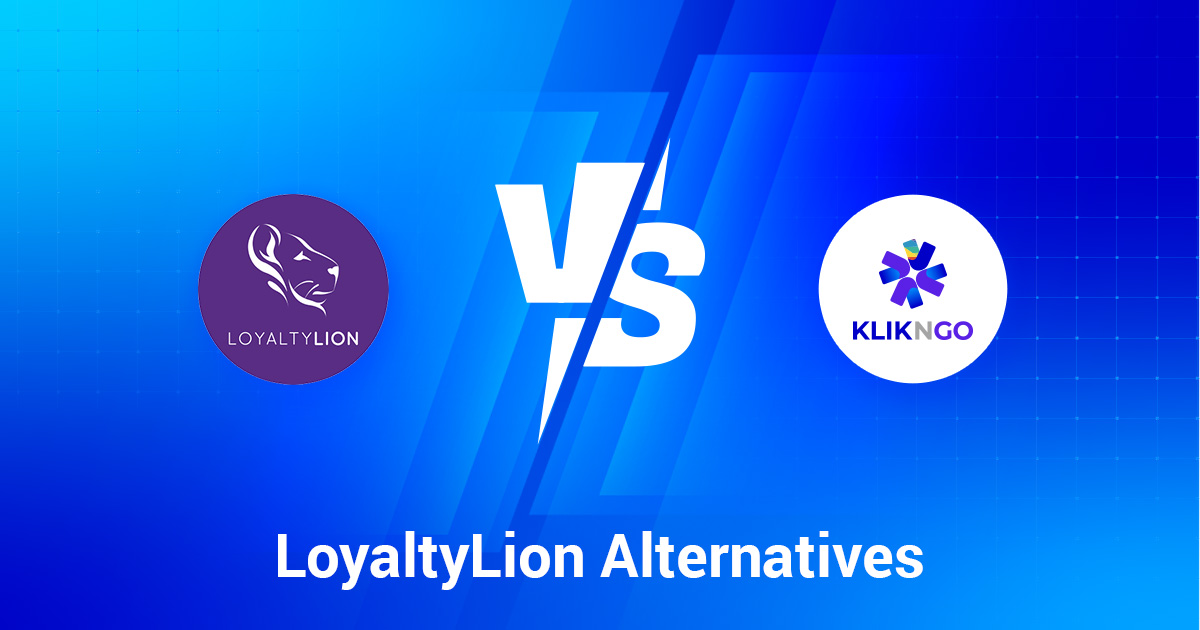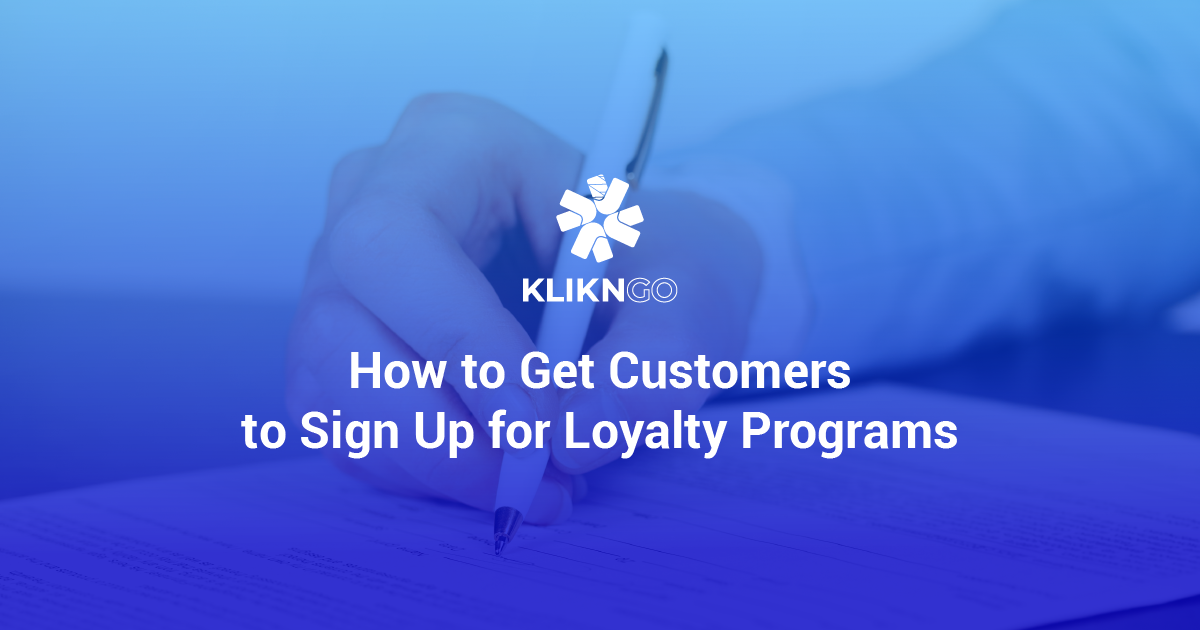So, Are Loyalty Programs Worth It For Businesses?
A loyalty program is one of the best investments a business can make. It helps build a strong, loyal customer base and increases revenue without constantly needing to find new customers, which can be five times more expensive than retaining existing ones.
A well-established loyalty program also provides stability during tough times, like rising marketing costs or negative reviews, by keeping your loyal customers engaged.
However, businesses just starting out shouldn’t prioritize a loyalty program right away. Because no matter how good a loyalty program is, nothing helps in brand loyalty more than having dependable, reliable, and consistently good products and services.
That’s why product and service quality needs to be prioritized for businesses just starting out.
Loyalty programs work best for mid-sized businesses that already have a solid customer base and steady sales. In this case, a loyalty program can strengthen customer and brand loyalty, boost sales, and help the business scale and grow.
Large companies and brands also gain a lot from loyalty programs. When prices and products are similar across the board, the key to standing out is through branding or a strong loyalty program; and running a loyalty program is typically more cost-effective than branding campaigns.
Offering customers extra value and perks can make the difference in whether they choose your brand over competitors with similar or even lower prices.
Statistics - What Percentage of Loyalty Programs Fail?
About 60-70% of loyalty programs fail within the first two years, and another 20% that make it past that point fail within five years.
There are several reasons for this. One big issue is that businesses often spend a lot on attracting new customers but don’t invest enough in keeping them.
Without a strong marketing effort to engage existing customers, the program doesn’t reach its full potential.
Another common problem is the lack of staff training. If employees aren’t properly trained to promote the loyalty program, customers may not even know about it.
Sometimes, internal company issues also play a role, especially when top management doesn’t fully support the program or prioritize customer loyalty.
Other failures happen because the sign-up process is too complicated, or the program is hard to use, which discourages customers from joining or sticking with it.
Lastly, if the rewards aren’t appealing or don’t match customer interests, people won’t be motivated to participate.
To have the best chance of success, loyalty programs need to offer rewards that matter to customers and make the process easy and enjoyable.
How to Give Your Loyalty Program The Best Chance of Succeeding
Choose the Right Loyalty Program Provider
Choosing the right loyalty program provider comes first, as you might expect. Although software is an important aspect that cannot be overlooked, strategy is infinitely more important.
Many loyalty program providers throw a bunch of software (some that are really advanced) to you after you sign up, but it doesn’t mean much when you don’t know what you’re doing.
Sure, you can see short-term results just by playing around because having a lackluster loyalty program is better than having none at all. However, this isn’t a long-term plan for success.
A good loyalty program provider will not only provide good software but also consult you and personalize a strategy tailored to your business and industry.
If you’re interested, we at KlikNGo have extensive experience in loyalty programs in various industries. Plus we always provide, and tailored loyalty marketing strategies – click the button below if you’re interested!
Reward Based on Data, Not Cost
Many loyalty programs fail not because of software, product, or service quality but because of a lack of personalized and valuable rewards.
Rewards are supposed to make members want to engage with your brand, but this only works if users want to earn them.
We have seen many businesses choosing to prioritize too much on cost or what’s convenient when rewarding customers, without thinking about segmentation and personalization. This is the most common pitfall.
The way to go about it is to make sure the reward-to-difficulty ratio strikes a good balance. Give rewards that your customers actually want, but make it difficult for them to do so.
You don’t even have to think a lot about segmentation to make this effective. The simplest way for you to segment is through product interest.
Find the members who are interested in certain products, and reward them with a secondary product.
For example, if you’re running a restaurant and find out that many of your members frequently purchase pasta; you can segment these people out and craft missions to reward them with pasta vouchers.
It doesn’t have to be complicated, doing this will automatically net you 80% of the result with 20% of the effort. Of course, there is a lot more you can do long-term, but this is good enough for when you are starting out.
Give Your Customers The Easiest Time Signing Up
It’s crucial to make signing up for your loyalty program as easy as possible for customers.
If you’re asking customers to fill out a lengthy 2-page form, especially at the checkout counter with a line of people waiting, you’re likely turning them off. Not only does this discourage sign-ups, but it can also harm your brand’s reputation over time.
The key is to keep the sign-up form short and simple—just asking for essential details like their name, email address, and phone number.
To make it even more convenient, offer multiple ways to sign up. You can allow customers to use pen and paper or sign up online using a QR code.
This way, you cater to a wider range of customers, including older, often more affluent, individuals who might prefer the traditional method.
It’s a relatively straightforward approach, but as our clients have found, it’s incredibly effective!
Asking for Too Much Too Fast
This point sort of relates to the previous point, and is a common pitfall that a lot of businesses fall into – which is asking for too much information too fast.
We get it – you want to fill out your customer profiles as fast as possible so that you can start personalization marketing. However, you have to take into account the nuances involved and see where users are in the user journey.
Asking for estimated income, family information, and even addresses can quickly turn off members, especially if they just joined your loyalty program recently.
The most effective way to address this is to categorize your users into three groups: top, middle, and bottom of the funnel.
Top-funnel users are usually new and haven’t interacted much with your brand yet. On the other hand, bottom-funnel users are those who have engaged with your brand more frequently and are more likely to share their information in exchange for rewards.
Also, make sure to give rewards for every piece of information you collect. It’ll make users actually want to give you information and be marketed to in the long-run!
Look At Your Data & Compare To Industry Standards
As you might already imagine, every industry has different standards when it comes to loyalty programs. From purchase frequency, and customer lifetime value, to cost per acquisition, etc.
Every industry has different benchmarks. As a result, you cannot compare your industry to another industry in an apples-to-apples comparison.
Of course, the restaurant industry is going to have a higher purchase frequency level compared to the automotive industry, even though the lifetime value for the automotive industry will generally be higher!
One of the best ways that we’ve found is to join community events or conferences relating to your niche, and just network with people.
It might seem daunting, but you’ll be surprised how much some people are willing to share, provided you reciprocate the same amount of value back.
If you’re not really too big of a fan of networking, you can always ask your loyalty program provider for benchmarks, provided they are not bound by an NDA (non-disclosure agreement) – they’ll be happy to share some insights!
Tie Missions & Structure Based on Short and Long-Term Goals
If you looking into getting a loyalty program for your business, but are not sure where to start, tying your missions and reward structure based on your short and long-term rewards is the best way to reach your goals and make sure your loyalty program has the best chance of success.
Many brands and businesses don’t have goals set, or set goals that are too generic like ‘increase customer loyalty’, or ‘increase customer lifetime value’. This isn’t going to work.
The first thing to do is break your goals down into short-term and long-term goals. Short-term goals should relate to numbers so that you can justify the ROI and keep your program afloat.
Examples can be ‘Increase purchase frequency by 15% in the first quarter’, or ‘Increase average basket amount by 20% within 6 months’. Long-term goals can be more generic, but it’s also important to have tangible numerical goals, like ‘increasing net promoter by 20% in 2 years, etc.’
This will not only give you tangible goals to strive towards, but you can plan your missions and reward structure alongside these goals. Let’s take a look at some examples:
Short-Term Goals & Plan
- Goal 1: Increasing purchasing frequency by 15% in 3 months
- Here’s what you can do: Set up a daily stamp mission, where users earn rewards every other day. Tailor the rewards to each specific target segment. The final reward should be a free gift, with additional vouchers given along the way. This strategy encourages high completion rates and also boosts short-term revenue. To create urgency, set an expiration deadline before the stamps reset.
- Goal 2: Boost average basket value by 20% within 6 months
- Here’s what you can do: Create bundle discounts for your best-selling items and pair them with complementary products, like makeup and makeup brushes. Set a spending threshold, so customers earn a discount voucher for their next purchase when they spend over a certain amount (this voucher will increase the chances of customers shopping again soon). Use email marketing campaigns to send personalized offers to inactive or less-engaged customers, helping you boost sales more effectively.
Long-Term Goals & Plan
- Goal 1: Increase net-promoter score and loyalty program referrals by 20% in 1 year
- Here’s what you can do: Set up secondary rewards and missions that are personalized for your customers. Include referral missions, where customers can refer their friends and family to join the program. Reward both the referrer and the referee, creating a strong referral loop that benefits everyone. Encourage participants to fill out a brief form sharing why they joined and what they’re most excited about, helping you gather data to continuously improve your program. Focus on engaging customers in the middle and bottom of the funnel, as this ensures the referees you attract are of higher quality.
Incorporate Your Loyalty Program in All Aspects of Your Business
A successful loyalty program is not just the responsibility of the marketing team; it also involves key departments like operations and sometimes finance.
One major reason loyalty programs fail is that staff aren’t properly trained to promote and engage customers with the program.
It’s not enough to simply inform customers that a loyalty program exists; staff need to actively communicate the benefits and perks customers will receive by joining.
This requires thorough training and collaboration with the operations team, without which the program simply cannot succeed.
Tasks like placing banners and QR codes in stores or on the website, so customers can easily join, are also handled by the operations team.
Finance plays an important role too, as accurate accounting for vouchers and discounts is crucial.
To make sure everything goes smoothly, the loyalty program software must be integrated with the accounting system, so any issues with vouchers or transactions don’t disrupt the program’s effectiveness.
Case Studies on Businesses Achieving ROI with Loyalty Programs
Pacific Coffee Hong Kong
Pacific Coffee’s loyalty program upgrade led to stronger customer engagement and overall higher revenue. We carefully migrated data, ensuring a smooth transition across systems.
We also added new features like E-Gift Cards and an E-Wallet with dynamic points expiry encouraging more transactions and repeat business.
The Coffee Subscription Program provided steady revenue while building loyalty. While personalized offers, a GPS-based pre-ordering system, and easy logins improved convenience for customers.
Gamification elements, like earning rewards for finding QR codes or meeting step goals, increased overall engagement and participation.
A loyalty program overhaul helped them boost purchases, improve customer experience, and make the loyalty program more secure and successful!
ChowSangSang
We helped Chow Sang Sang enhance its loyalty program with advanced software that connected over 8 million members across Hong Kong, Mainland China, and Taiwan through WeChat and WhatsApp.
This platform enabled easy communication and engagement without extra apps. A chatbot handled inquiries, captured customer data, and enabled personalized offers, boosting conversions.
The software also powered a tiered membership system with exclusive perks like discounts and early access to gold, increasing brand loyalty in the long term.
The live version had a mission-based reward system, where members earned rewards for tasks like referring friends or visiting stores.
Gamification features, such as lotteries and puzzles, kept customers engaged. The software collected data for targeted campaigns and used AI to optimize interactions, improving personalization.
These upgrades led to a 40% increase in member sales, alongside over 8 million new members!
Looking for a Loyalty Program Solution Provider?
If you’re looking for a relatively affordable loyalty program, packed with world-class features, and impeccable support – why not give KlikNGo a try?
Check out our loyalty program solution page, or click the button below for a free consultation!

